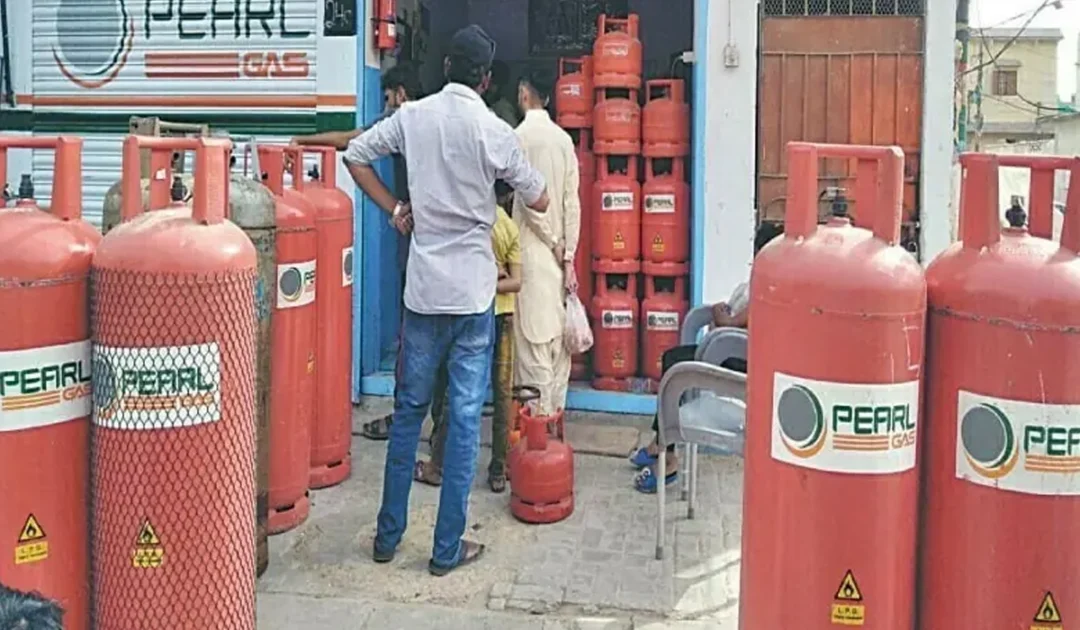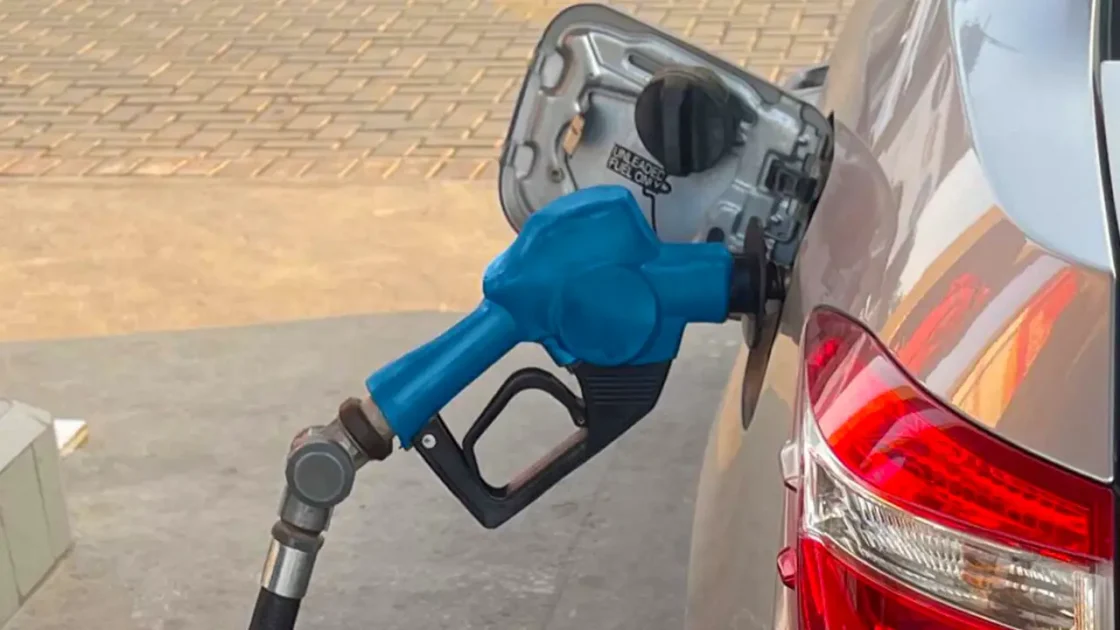- Web Desk
- 4 Hours ago

No new cars, no surprise funds: Annual Budget FY2025-26 leans on austerity with ambition
-
- Web Desk Javed Somroo
- Jun 10, 2025

ISLAMABAD: As the clock ticks down to the presentation of the Federal Budget 2025–26 at 5 PM today, anticipation is building across economic and political circles. While the official document remains under wraps until its formal unveiling, signals from the finance ministry and key figures, coupled with the recently released Economic Survey FY2025, offer a strong indication of the policy direction and fiscal priorities that are likely to shape the year ahead. Here’s what we can reasonably expect from today’s budget announcement:
AUSTERITY FRONT AND CENTER
Judging by the statement of Finance Minister Muhammad Aurangzeb during the launch event of Economic Survey that the government is aiming to focus on debt management in the upcoming fiscal year, ‘austerity’ seems to be one of the main themes expected in the budget.
Economic Survey FY25: low inflation, CA surplus, stable macroeconomic indicators
The government is expected to adopt a series of stringent austerity measures for FY2025–26, including but not limited to, the ban on the purchase of new vehicles across all federal ministries and departments. Cars are not the only thing on the chopping block, however, with energy consumption is also reportedly facing some cuts.
Electricity and gas bills of federal ministries are expected to be capped, sources say. Additionally, the issuance of unnecessary supplementary grants is likely to be banned, with emergency funds released only in cases of natural disasters.
There are also reports funds will not be allocated to undeclared or discretionary projects, sources add.
ECONOMIC GROWTH AND SECTORAL TARGETS
Despite the austere fiscal posture, the government is eyeing a moderate economic recovery, targeting an annual GDP growth rate of 4.2 per cent for the next fiscal year. Inflation, which has remained a persistent concern during the past several years, and has finally come down in the last few months, is likely to be capped at an annual average of 7.5 per cent.
The agriculture sector will be a focus in the upcoming budget, even more so because of the contraction observed in the outgoing fiscal year. Sources report a growth target of 4.5 per cent, with major crops projected to grow at 6.7 per cent and other crops at 3.5 per cent in FY2026.
The industrial sector is also in focus due to the same reasons – contraction in large-scale manufacturing (LSM) – with proposals to grow at 4.3 per cent.
In services, the overall growth target is reportedly set at 4 per cent, with wholesale and retail trade expected to grow at 3.9 per cent, transport and communications at 3.4 per cent, and information and communication at a stronger 5 per cent. The financial and insurance sector is also targeted for 5 per cent growth.
On the investment side, the budget is expected to set a total investment target at 14.7 per cent of GDP, with fixed investment at 13 per cent and public sector investment (including general government) at 3.2 per cent. Private investment is projected to reach 9.8 per cent. Meanwhile, national savings are targeted at 14.3 per cent.
DEVELOPMENT BUDGET: INFRASTRUCTURE AND STRATEGIC ALLOCATIONS
The upcoming budget is also expected to feature a revised National Development Plan totaling over Rs 4,223 billion, with a federal development outlay of Rs 1,000 billion. Provinces are expected to receive Rs 2,869 billion under the Annual Development Program (ADP).
Within the federal allocation, Rs 682 billion has been reportedly earmarked for development projects of ministries and divisions, while approximately Rs 350 million will go to government-owned enterprises.
The National Highway Authority (NHA) is set to receive Rs 226.98 billion, Power Division to get Rs 90.22 billion, and Water Resources Division to get Rs 133.42 billion.
Notably, Rs 70.38 billion is proposed for development schemes sponsored by members of parliament, while Rs 253.23 billion will go to the provinces and special areas.
Sources also report that specific regional allocations include:
Rs 105.78 billion for provincial projects,
Rs 65.44 billion for merged districts,
Rs 82 billion for Azad Jammu and Kashmir and Gilgit-Baltistan.
SECTORAL ALLOCATIONS AND INSTITUTIONAL FUNDING
The Federal Education and Professional Training Division is set to receive Rs 18.58 billion. The Higher Education Commission (HEC) will likely be allocated Rs 39.48 billion for development purposes.
Meanwhile, the recent Pakistan India conflict will obviously bring the Defense Division in focus, which is reportedly earmarked for Rs 11.55 billion.
Pakistan’s economy turning a corner after earlier challenges: Finance Minister
The Railway Division will get Rs 22.41 billion, sources said, adding that the National Health Services will receive Rs 14.34 billion.
The Ministry of Interior is projected to receive Rs 12.90 billion, with Rs 6 billion proposed for the Ministry of Information, while the Planning and Development section will receive over Rs 21 billion.
Suparco (Space & Upper Atmosphere Research Commission) is proposed to receive Rs 5.41 billion for development projects as well.






